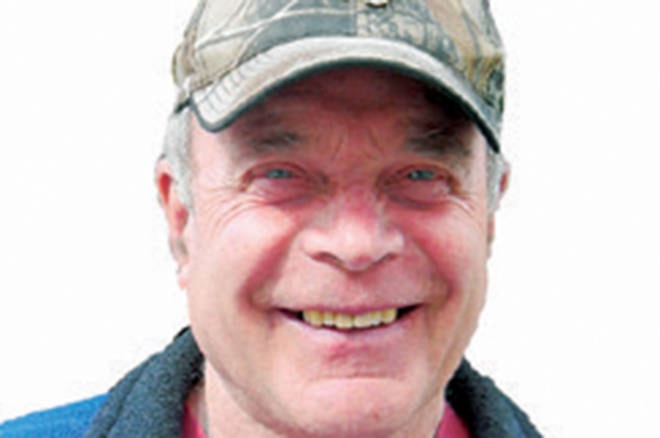Water is one of the most precious commodities in the world – more so than gold or oil.
In the past, each fall, fisheries officers here in the Shuswap had 42 streams and rivers they either walked, flew or jet-boated to count in order to count three species of spawning salmon. These were chinook, coho and, of course, the pink salmon, which only migrate up the South Thompson to Chase, and are the smallest species. Coho are the late arrivals, and enter spawning streams like the Eagle River in early November.
Cold and snow doesn’t deter these hardy fish from scuttling over beaver dams or using side channels as far as Victor Lake, toward Revelstoke, to spawn.
Backing up a bit, there is a pretty little coho stream flowing into Three Valley Lake which reminds me of a cold snowy day. I was dropped off at one kilometer up the Wap valley, then bushwhacked my way down the stream to the Highway 1 at Three Valley. Protruding from the frozen ground at an old motel site was a plastic pipe, with the best tasting water in the world.
I said to the owner, “If it was me, I’d bottle this wonderful water and make a fortune.”
Come spring, there was a water-bottling operation in full swing called, Monashee Spring Water.
Many companies are in the water bottling and selling business in British Columbia, with most bottles’ labeling stating “pure spring water.”
What really irks me the most is buying bottled water from these multi-national, or even small companies, when it’s our own water. (However it is convenient for quick home, camping or emergency use, and reasonably priced).
Nestle Canada’s Hope well pumps out and bottles 265 million litres of spring water a year and, under our province’s new Water Sustainability Act, pays only about $5.63 for the amount of water to fill an Olympic-size swimming pool, or $562 dollars for 250 million liters.
Imagine that.
Back in July, 2011 Tom Siddon, former federal fisheries minister, wrote a scathing letter to the Vancouver Sun regarding our most precious water, stating a recent poll said nine out of 10 B.C. folks regard clean, abundant water as the province’s most valuable resource.
Also, a study found there is a lack of enforcement on lake-front development and alterations. And an auditor general’s report called the B.C. assessment office ineffective, with no mechanism to enforce environmental compliance or impose penalties on water rights abusers.
As well, the province has largely neglected protection of the myriad birds, wildlife and plant communities which rely on the rich riparian areas abutting our lakes, streams, and rivers. (Armstrong’s Steele Springs aquifer water quality investigation and buck passing took more than two years.)
According to Siddon, down the road, water shortages for human use will place inevitable pressure on the health of natural freshwater systems.
Spring 2018 will be a difficult year for water conservation and use, as the current wildfire situation will have burnt out many Interior watersheds, creating a situation of flash flooding and soil erosion.
On a somewhat brighter note, I had a chat about water with Paul from Enderby Rentals. Seems the small sawmill they operated years back in Pemberton, at the base of Mt. Pauline, had a good population of mountain goats.
There was also a wonderful cold water supply, providing great drinking water to the crew from a large plastic pipe off the mountain.
One day water stopped flowing.
One of the crew climbed up to investigate. There, in the spring, was a goat that had been lying there all Spring, minus its hair!
